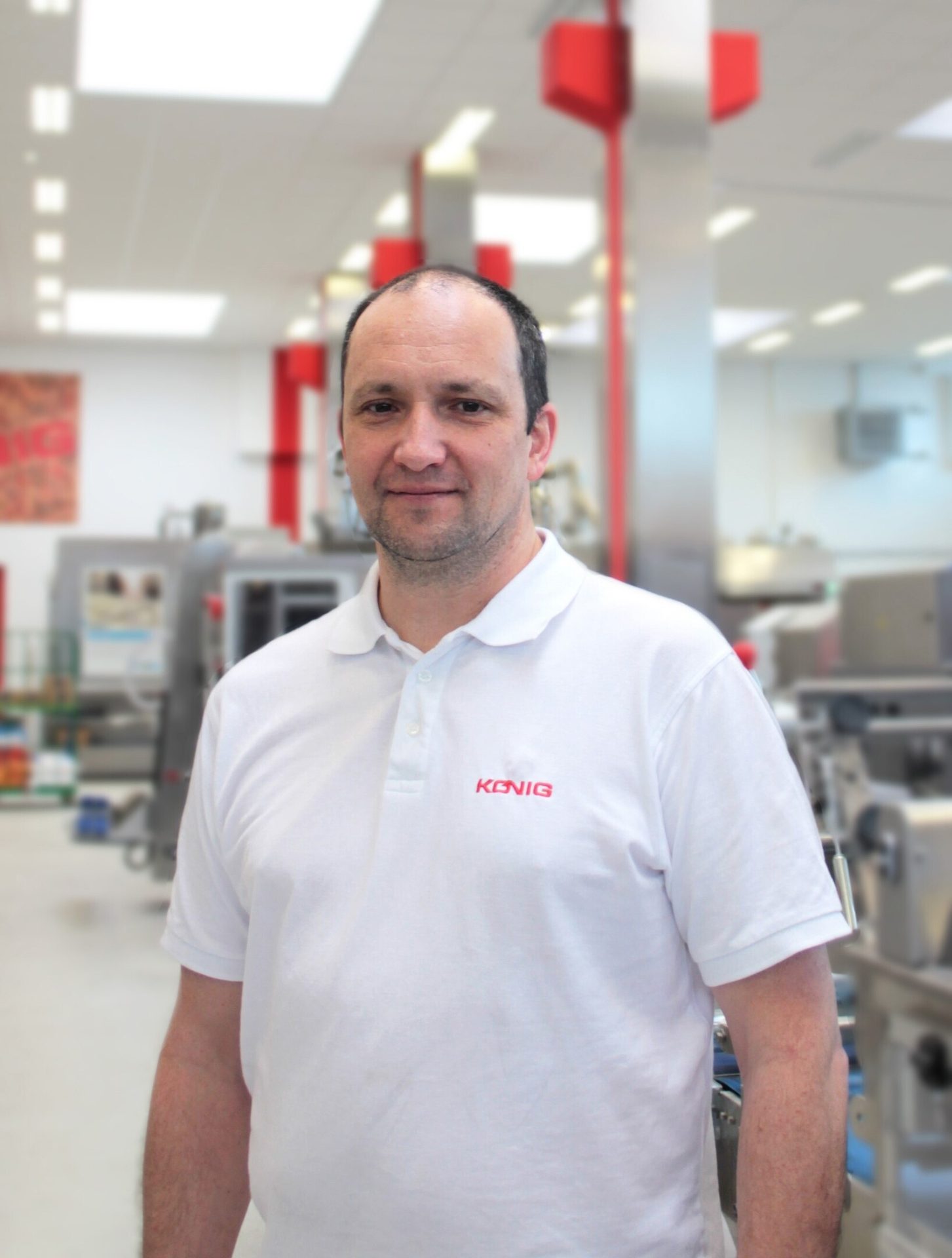Mixers
Tech & Techniques
The BOTTOM LINE
- Product changes fuel the need for flexible machines
- Automation helps mitigate operation costs and labor shortages
- Easy, efficient cleaning is a must with bakery and snack mixers
In the mix
Bakers and snack makers keep versality, automation top of mind when shopping for mixers.
Ed Finkel, Contributing Writer
Versatility, automation, and sanitation are among the top considerations of snack food and bakery companies in the market for new or improved mixers, according to manufacturers. Manufacturers operating in the space point toward the ever-changing needs of today’s consumer, need for efficiency and minimal downtime, and other drivers as reasons why producers are expecting more of such equipment than ever before.

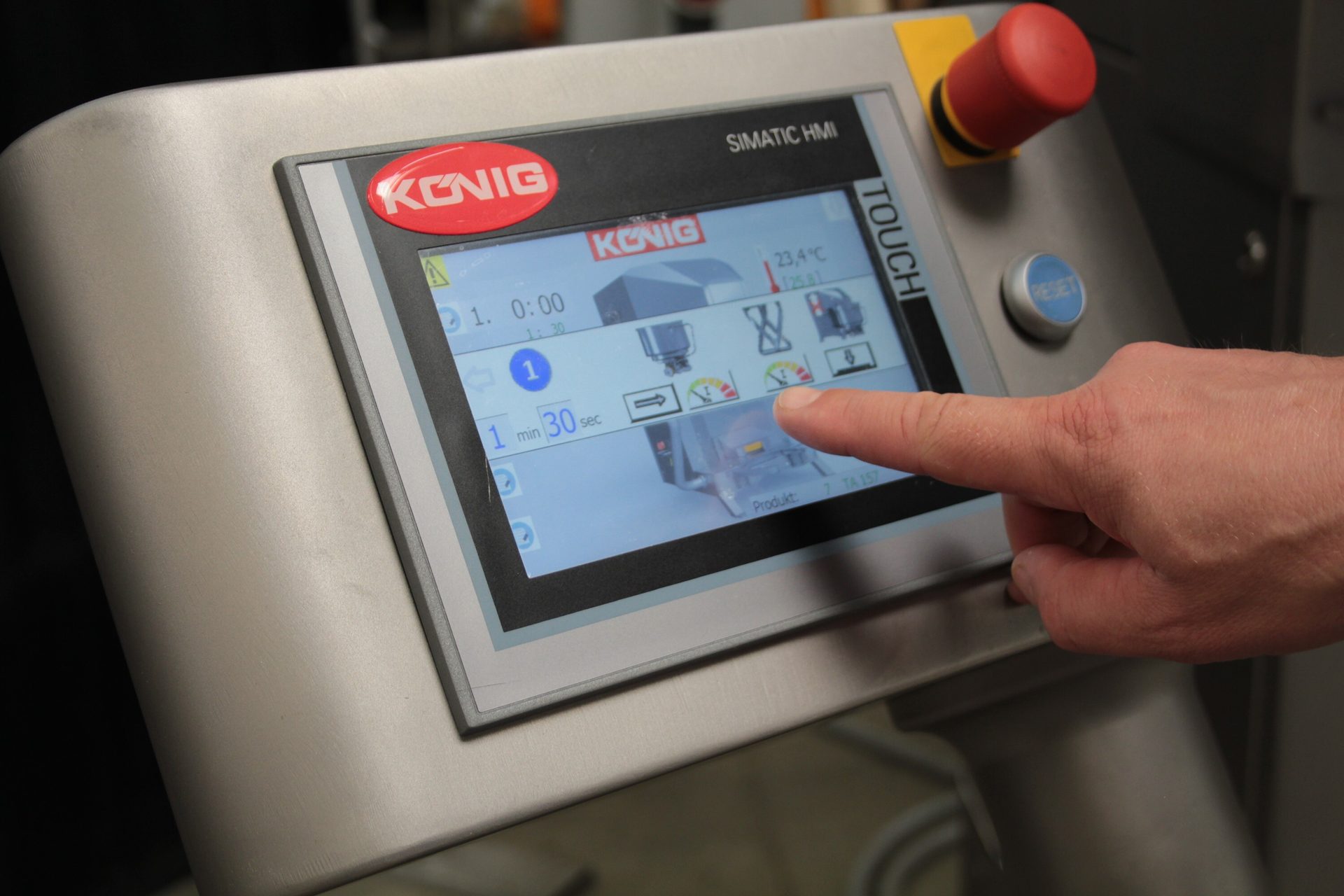
Courtesy of Koenig-Rex
Flexible functions
Flexibility seems top-of-mind for customers of PPM Technologies, who typically can’t precisely predict what future use-cases they will be asked to address, according to Nick Schoen, marketing communications manager: “Customers never know what product they’re going to be asked to make next month or three months down the road, driven by consumer demand or dietary trends or things like that,” he says.
Understanding the limitations of components like tank systems and pumps when trying to spec out the best machine for customers with open-ended needs can be critical, Schoen notes.
“Depending on the viscosity [needed] and some of the other characteristics of these slurry solutions or liquid solutions, we choose specific pumps,” he says. “We’re trying to get as much information about what viscosity and what flow rates are you using today. If you know the high and low end—this is the maximum and minimum viscosity you’re going to be able to move through these thanks—that’s good to know for the future.”
Customers sometimes will want to incorporate different measurement devices into their mixers—for example flow meters used to measure the flow of products, which can be programmed into the PLC, Schoen remarks.
“They can look at how much product is moving through the tank system over the course of a day, or per minute, or per hour,” he says. “They can use that data to tell, with these systems almost always using tanks in combination with drum-coating systems, how much slurry, liquid, or oil is moving through. And see how much they’re wasting, and how efficiently the drum-coating system is working.”
Between the potential for automation, and twin desires to save costs and boost production speeds, customers of PPM Technologies are turning to incorporation of level sensors, Schoen claims.
“That depends on the technical competency of customers, how much staff they have and whether they can fully or partially automate,” he says. “If they don’t want to fully automate, we hook [the mixer] up to a holding tank and use level sensors that will tell the holding tank when to refill the mix-tank systems—fully automating that [part of the] process.”
Courtesy of Rapidojet
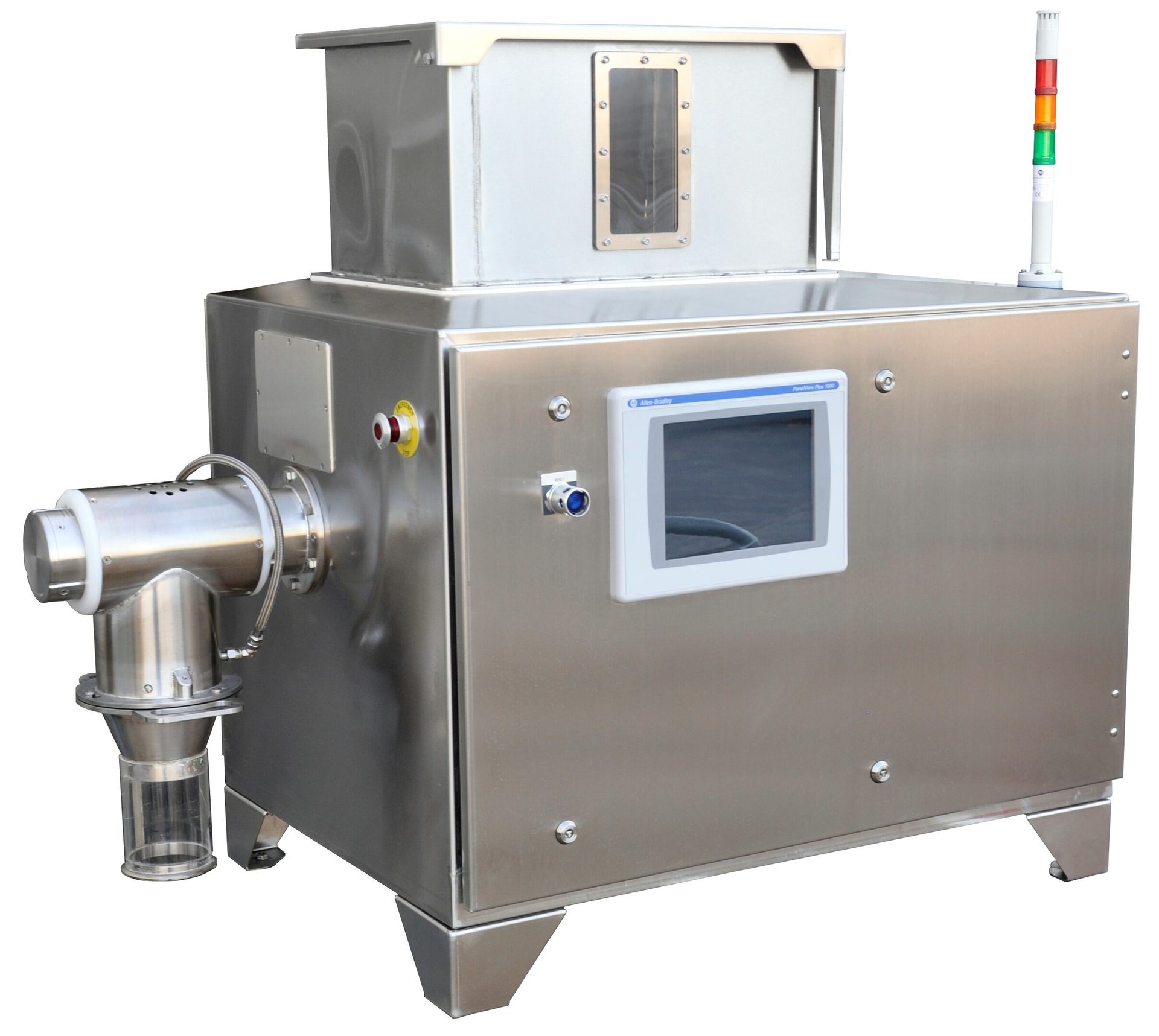
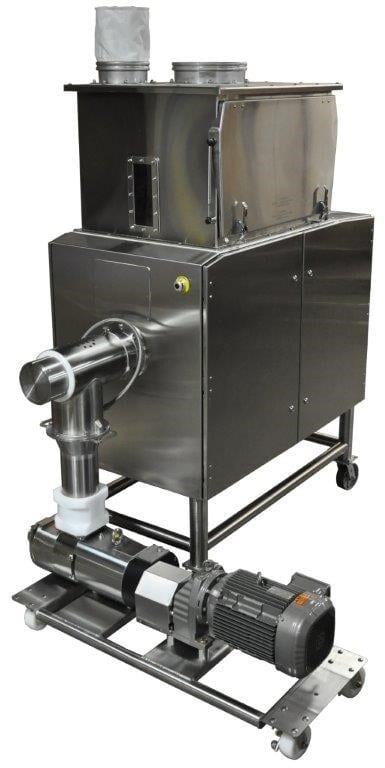
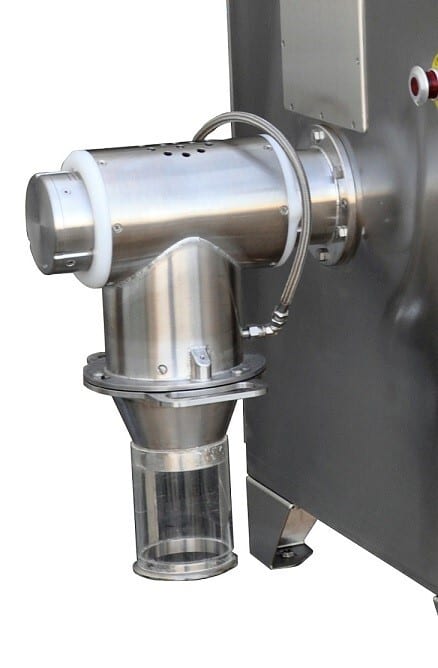
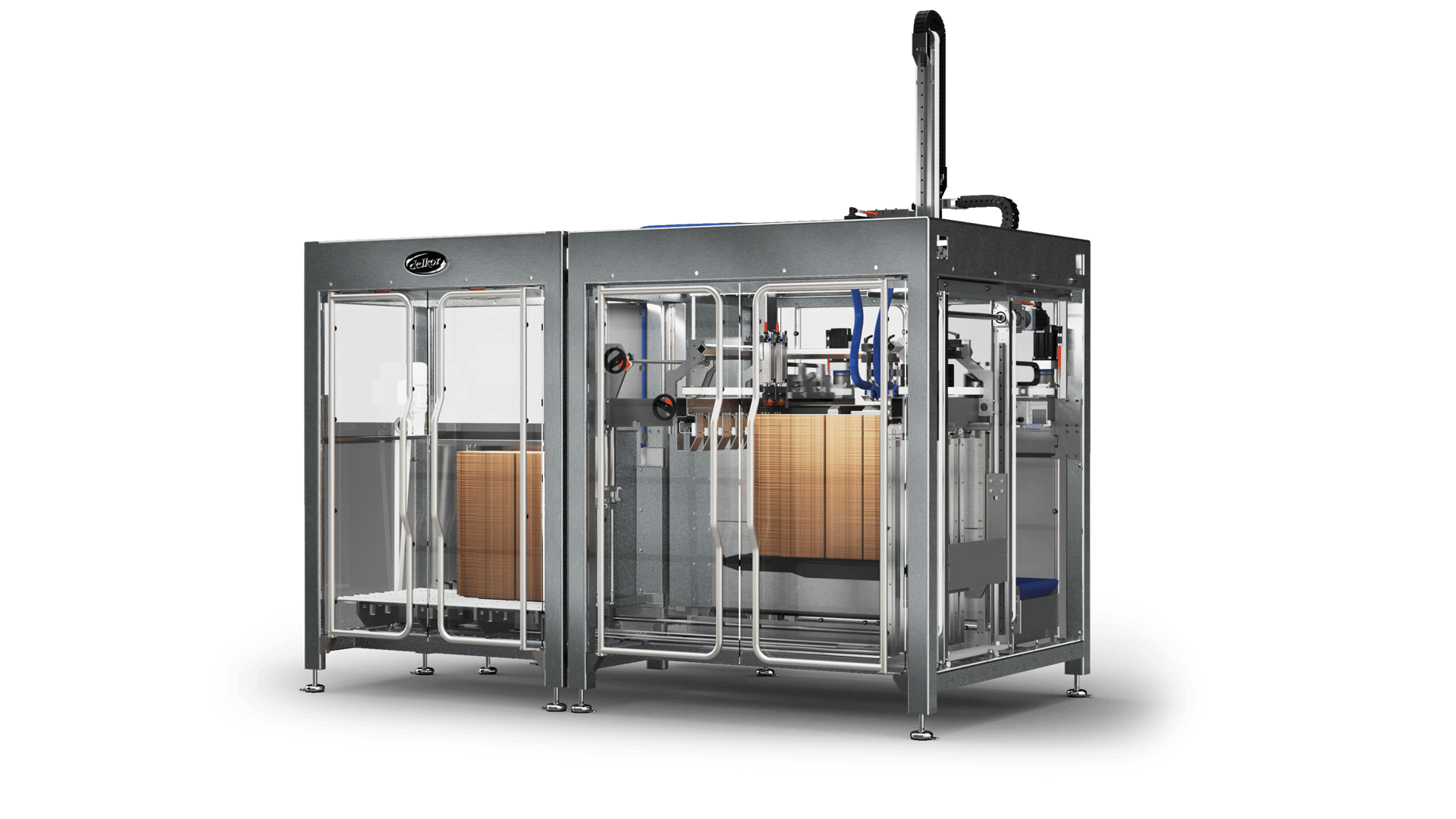
Courtesy of Delkor Systems
Delkor Systems plans to introduce a new generation of Combo-line Bread Case Packers designed as an all-in-one solution for single-use shippers and reusable trays in 2025. “Producers can switch between corrugated (one way) shippers and bread tray formats in the same machine,” says Dale Andersen, president and CEO. “Retailers are moving away from direct store distribution (DSD) trays and into corrugated cases due to the challenges and costs involved.”
Delkor Systems recently introduced Smart-Lock, which streamlines packaging size adjustments using a linear bearing slide, LED-based feedback and an automatic locking system. It reportedly eliminates the need for rotary counters, allowing precise, manual adjustments with minimal effort. “It is three times faster, more accurate and designed to virtually eliminate operator errors,” Andersen notes.
“Customers want conveyor belts that can be cleaned more easily.”
— Rudy Sanchez, food handling product manager, Key Technology

Cost consciousness
Ken Schwenger, president of Bakery Concepts International, says he sees a significant shift in the industry, particularly among commercial bakeries, toward straight-dough mixing—and he sees a number of reasons for that.
“The biggest reason is the cost of a sponge-and-dough process, but also square footage, sanitation, and other things,” he says. “If you look at the cost of equipment, the square footage, labor, sanitation, and maintenance for sponge-and-dough, it’s very expensive. It’s a lot of equipment and a lot of energy.”
Instead, Schwenger notes he has seen a move toward straight-dough mixing, along with pre-hydration of flour and use of natural dough conditioners that his company delivers through its Rapidojet line.
“That pre-hydrated flour goes into an intermediate fermentation vessel, and it can achieve floor time for as long as the baker wants—an hour, three hours, four hours—in order to develop the flavor and aroma that is mimicking the sponge-and-dough process,” he says.
When it comes to dough conditioning, he adds, “Enzymes are becoming huge because of [a desire for] natural, clean-label ingredients, replacing the old cysteine or calcium propionate being eliminated by every large bakery. These natural enzymes can replace those things while increasing or providing fermentation flavor, and aroma, and volume, and all of those things.”
Cleaning considerations
PerMix Americas most often hears from customers about cleaning- and sanitation-related desires, whether it’s wet or dry clean-in-place, the ability to washdown, or the use of a safer, cantilevered design, says John Paul, CEO and managing director.
“Most mixer manufacturers run their motors and gear drivers horizontally; we run vertically because we give everybody a cover to put over the motor,” he states. “Water follows that horizontal run. The motor goes into a fan system when you get water into the motor. We eliminated that by mounting the gear box and motor in the vertical system.”
“Bakeries want to have faster cleaning for shorter downtimes and more hygiene in the bakery.”
— Werner Koetz, master baker, Koenig
